A cat’s meow is, per Merriam-Webster, “a highly admired person or thing.” On Tory Daily, it’s our ongoing series of legendary people — icons, really — who greatly inspire us: Jane Birkin, Charlie Rose, Iman, Ken Burns, Celia Birtwell… Our latest inductee is photographer Steve McCurry. Even if you don’t know his name, you know his work; his images are an indelible part of our cultural consciousness. Perhaps most famous of all is his 1984 portrait of Sharbat Gula, then a 12-year-old Afghan refugee, who landed on the June cover of National Geographic the following year. That image — bright green eyes penetrating the camera’s gaze, a tattered headscarf burnt from a cooking fire, beautiful and haunting, defiant and vulnerable — telegraphed volumes about the war in Afghanistan and its very human consequences.
But there’s much more to McCurry’s oeuvre, so much more. His decades-long, award-winning career has brought him all around the world, capturing cultures as far-ranging as Kashmir and Kuwait, Croatia and Cambodia, Pennsylvania and Pakistan. He is an outsider looking in, but in doing so, offers the rest of us insider access to all fascinating pockets across the globe, their traditions and their people. No one cuts through to “the human element,” as he calls it, quite like McCurry. Here, we chat with the lensman — who is releasing yet another photo book later this year — about his travels, work and the search for the perfect photo.
My love of photography comes from…
I don’t know, I just think I always had a creative urge. I loved drawing and painting when I was younger, and I wanted to be a filmmaker. But then I found photography and decided that was more suited to me. It was more immediate, more spontaneous, and I liked the wandering and exploring.
And I knew I wanted to pursue it as a career rather than a hobby when…
Well, I needed to make a living.
The very first time I picked up a camera…
I was 19 and in Stockholm, Sweden. I photographed whatever caught my eye. In life, we wander around, we respond to people, we’re moved and inspired by different things. It could be a portrait. It could be a crack in the sidewalk. It could be somebody sleeping in the park.
And the reason I was in Sweden…
It was random. I wanted to travel and see the world and Stockholm seemed like a good place to start. I was living with a family there and had gotten a job at a restaurant, working in the kitchen, making coffee, salads and sandwiches… nothing so inspirational. I was friends with the son, who was a photographer. He had a dark room and everything. His interest inspired me to pick up the camera.
Those early photographs vs. my work now…
I was interested in portraiture back then and that’s pretty much most of what I do now.
Favorite photographs I’ve done…
I don’t really have any. Some pictures are obviously more successful than others, but I really look at it as a body of work, not singling out a picture here or there.
Most challenging assignment…
Every assignment is a challenge.
Photographs I regret not taking…
I don’t think about that. There are always a million regrets, but you have to get past that and not dwell on it. Negativity doesn’t serve any purpose.
How I discovered and honed my style…
I think when you see something, you kind of previsualize it. Often in the beginning, what you see and what ends up in the photograph is different. It’s a question of trial and error. I think discovery is the best thing — I learned a lot about light, position, timing… Just enjoy the discovery of wandering and observing and meeting people. It’s better to develop your own style and find your own way as opposed to my saying, “Here are 10 rules to live by.”
One lesson I’ve learned that I wish I knew starting out…
Photograph things that have meaning to you. At the beginning of my career, I was shooting for somebody else — I needed to work, I needed a job — but don’t forget you need to be photographing things that matter to you.
My tips to approach someone for that intimate, candid shot when in the field…
I’m always asked this question — I know people would love to know — but there’s no real answer. It has to do with how you relate to other people. We all come to this world with our own way of interacting and relating to people. It’s self-evident if you think about it, but most people don’t have the time to think it through. People think photography is easy, that all they need to do is purchase a camera and then they’re a photographer. It’s like saying, “I’m going to purchase a scalpel and I’ll be a brain surgeon.”
When searching for the perfect photo, what captures my eye is…
A story. I think of the great pictures and they all tell a great story; they have meaning. But it all depends on what fascinates you. I mean, some people like something obscure and ambiguous — and that’s great. There’s no right or wrong. It just depends on how you see the world and how you want to spend the time. The great thing in life is that we all see things differently. A lot of the problems in the world result when somebody says, “Well, the way you see is wrong…”
Turning point in my career…
Meeting photographers like Ernst Haas, Elliott Erwitt and Henri Cartier-Bresson, looking at their work and spending time with them.
What I loved about their work…
Ernst Haas was a great colorist. Elliott and Henri had a great human eye, great storytelling in pictures — great timing, light… Their photographs appear very effortless and simple but are, in fact, much more difficult.
Favorite photography books…
I looked at the works of Walker Evans, Dorothea Lange, W. Eugene Smith, André Kertész, Henri, Elliott, Haas… I looked at as many books as I could find in the bookstore — and continue to do that. Looking at books is important in development. If you have a passion for music, it stands to reason that you probably want to listen to music. If you are a writer, you want to read. And if you’re a photographer, you want to look at pictures — good pictures, great pictures, inspiring pictures — because you love photography and the visual medium. It should be something you crave and are excited about. I wonder if every time I talk about this, it sounds like homework, like, “Oh, my God, I’ve got to look through all these photography books? That doesn’t sound much fun.” But again, it’s almost laughable when you talk about a musician who doesn’t listen to music or an author who doesn’t read.
Favorite places to photograph…
I’ve always been drawn to Buddhist countries: Mandalay, Burma, Tibet, Japan… They’re places that I just like to be, even apart from photography.
And the reason why…
I like that Buddhism is not a dogmatic religion. It’s about being compassionate towards each other and towards animals and trying to better oneself, but not to proselytize or convert. There’s a serenity to it.
My next trip…
Guatemala. I went a long time ago but haven’t really worked there so, in a way, it’s kind of a new place for me. It’ll be exciting.
My personal escape…
Washington Square Park in New York City. It’s a place where I like to go and just walk around and enjoy the vibe. And, yes, I photograph — all the time.

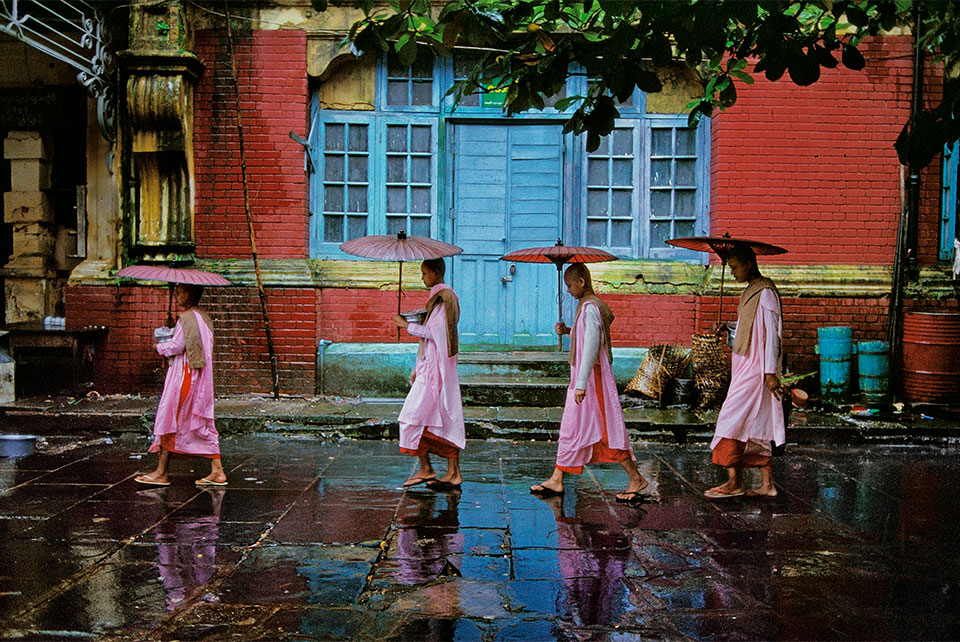 Yangon, Myanmar/Burma by Steve McCurry
Yangon, Myanmar/Burma by Steve McCurry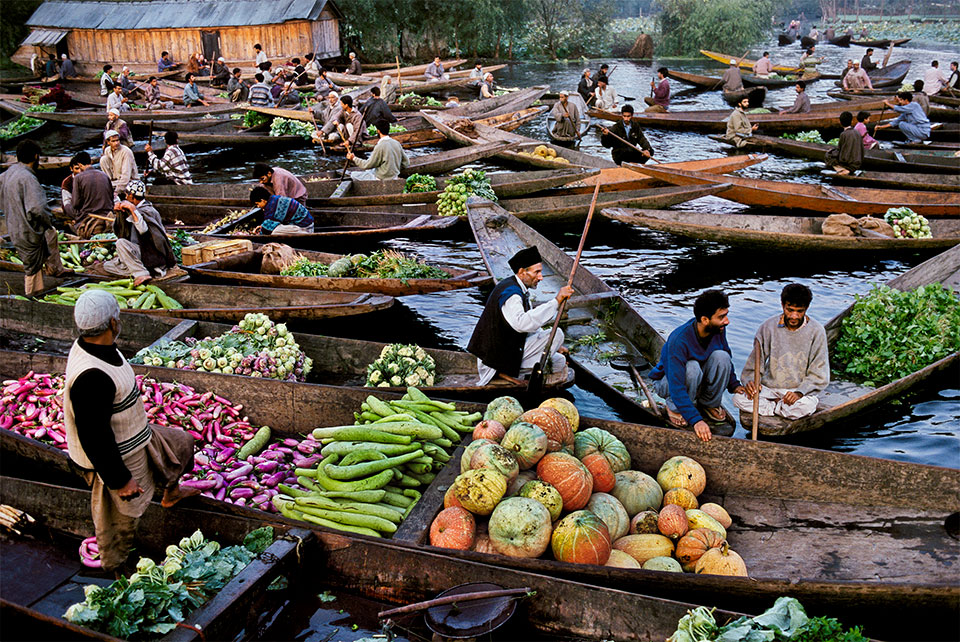 Kashmir by Steve McCurry
Kashmir by Steve McCurry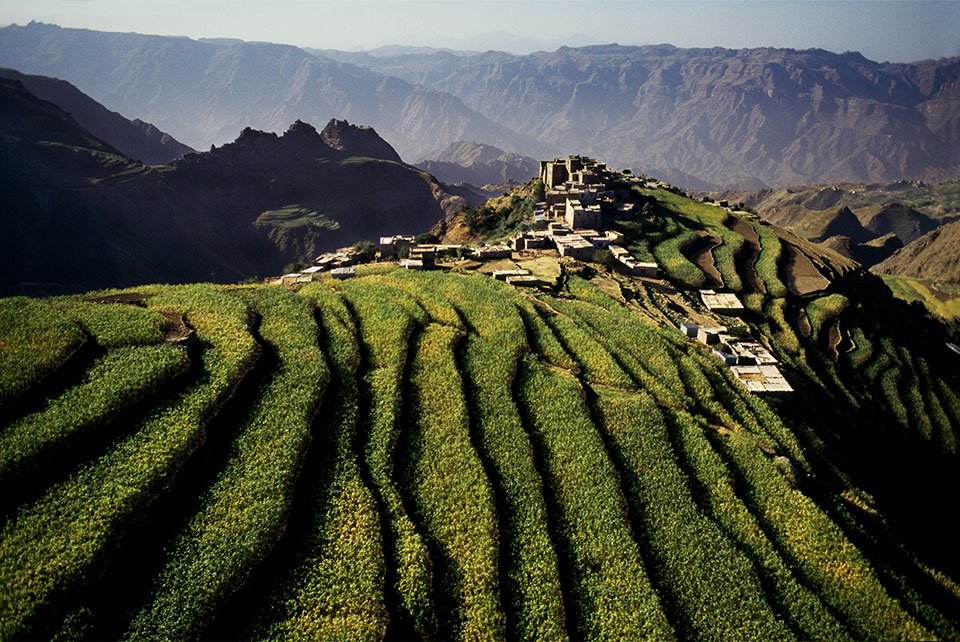 Yemen by Steve McCurry
Yemen by Steve McCurry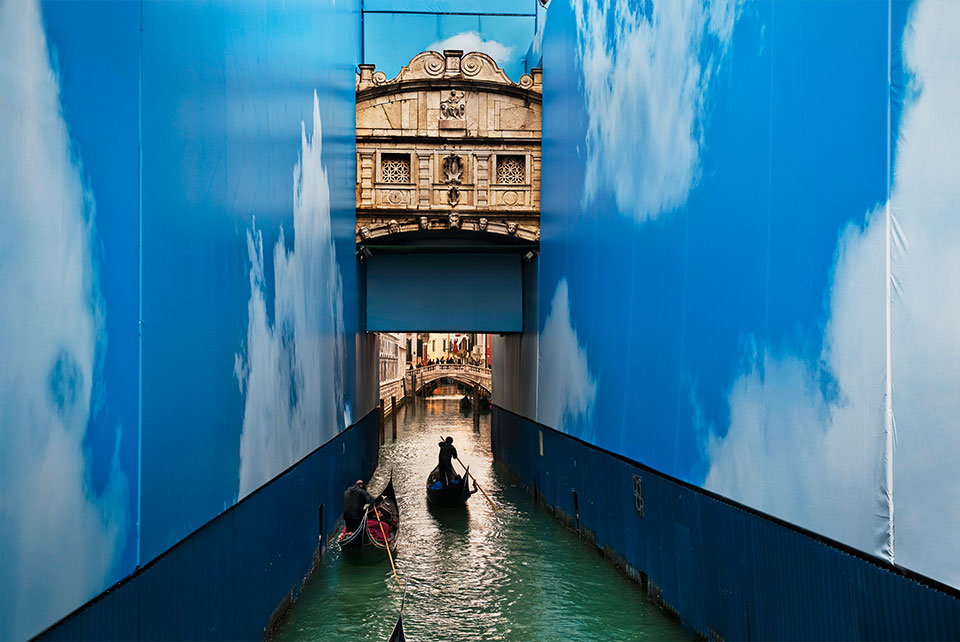 Italy by Steve McCurry
Italy by Steve McCurry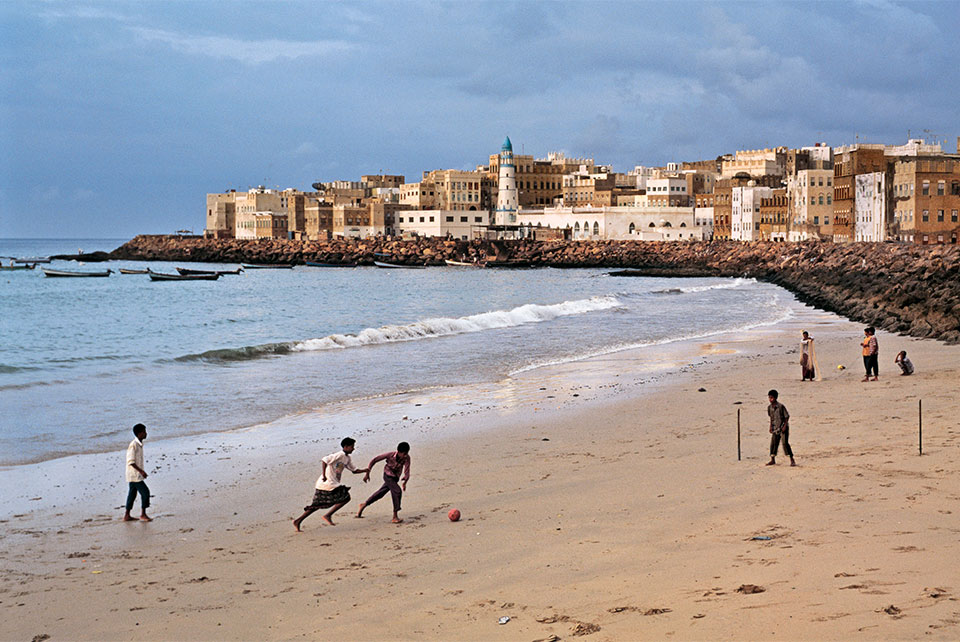 Yemen by Steve McCurry
Yemen by Steve McCurry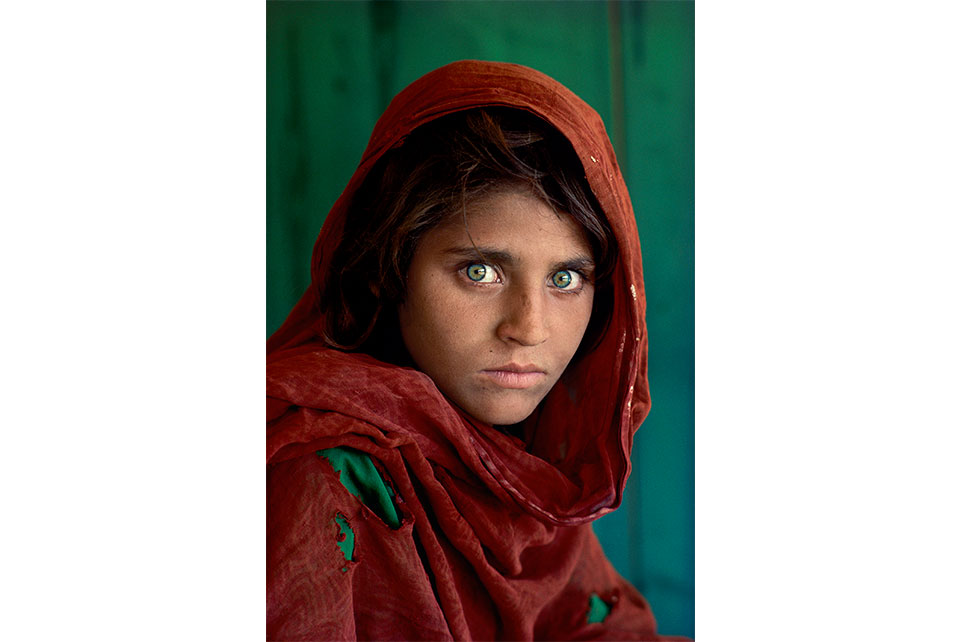 Afghan Girl by Steve McCurry
Afghan Girl by Steve McCurry